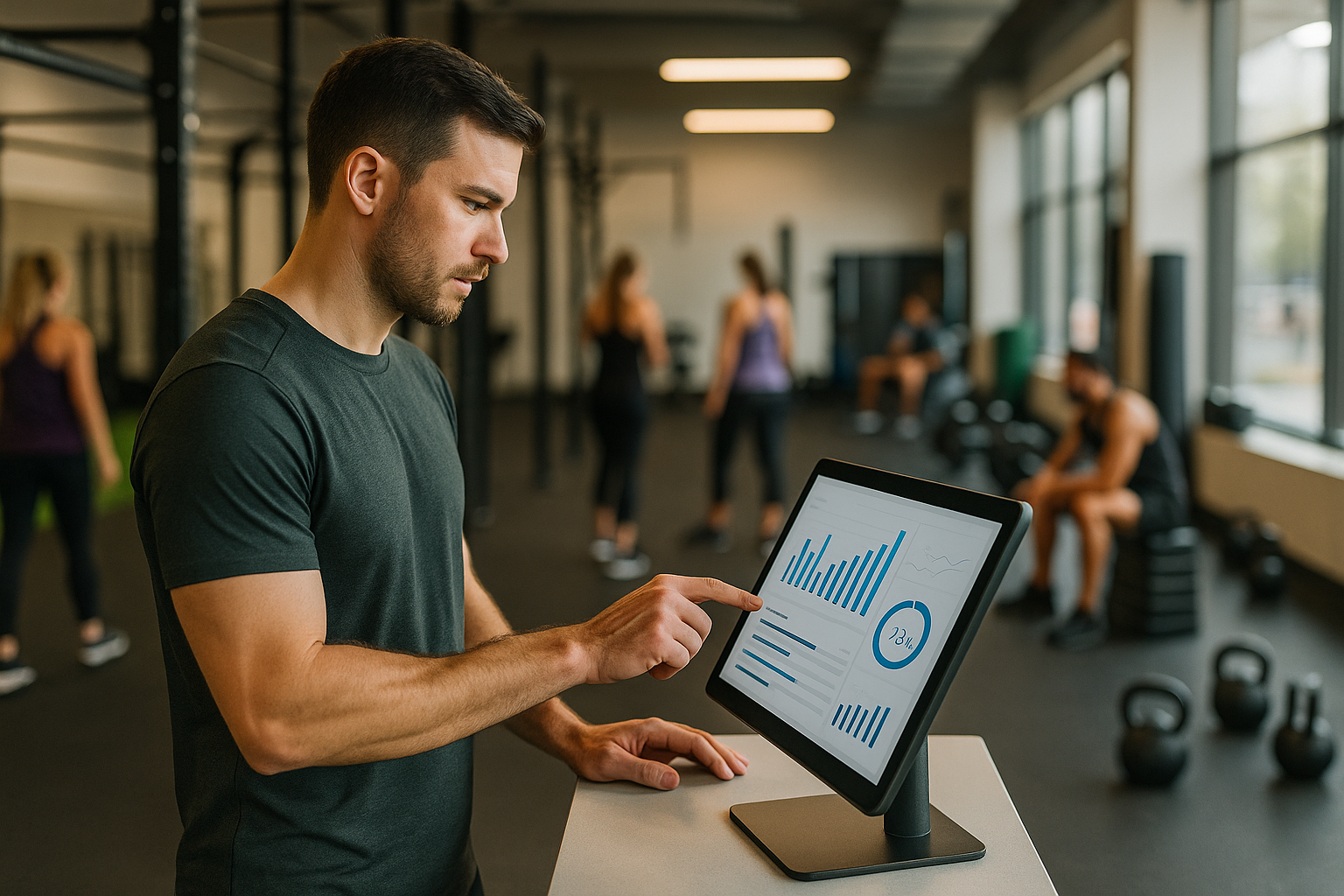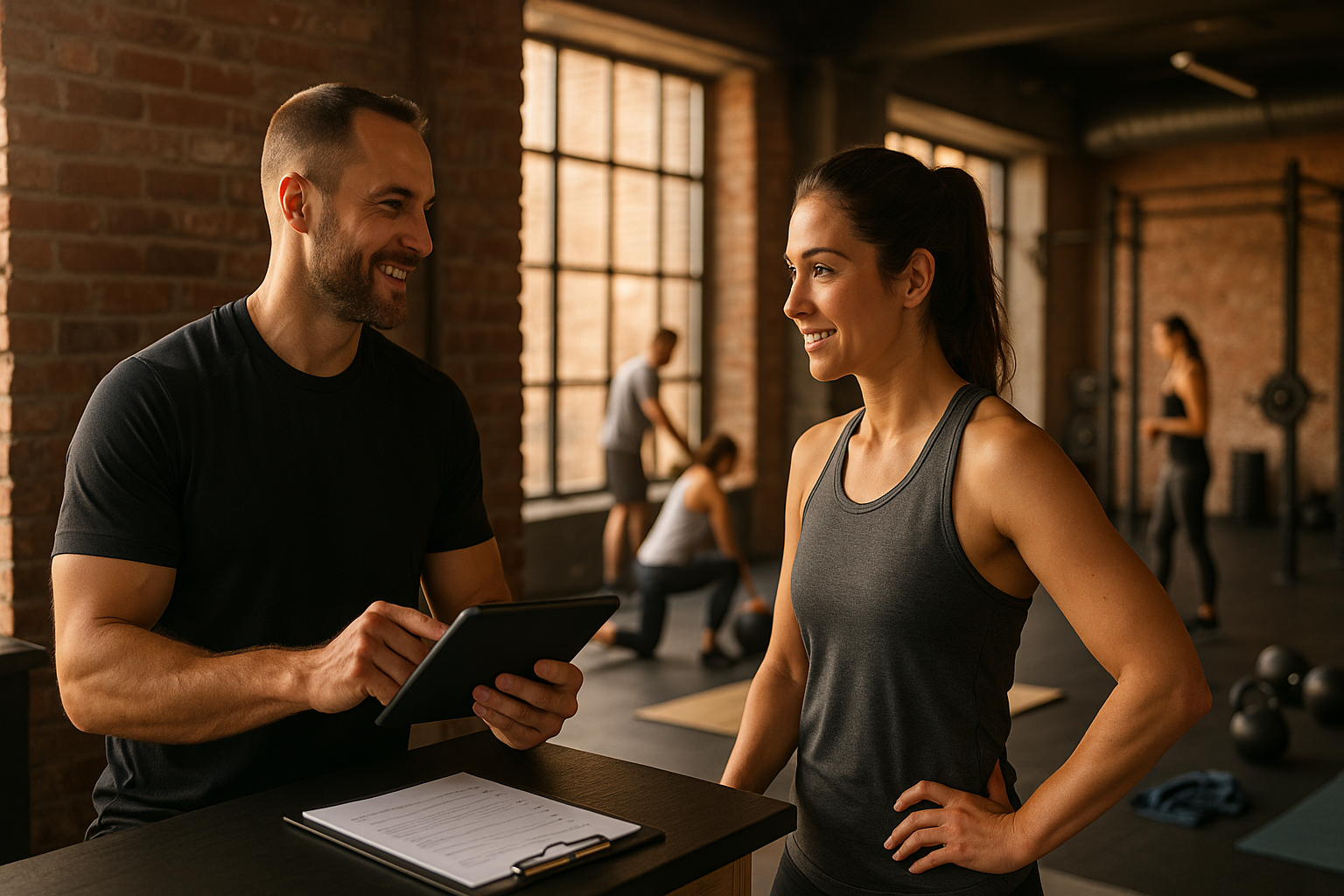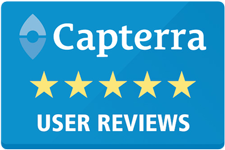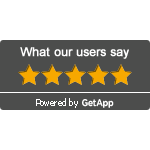Additional Ways to Effectively Optimize Your Fitness Business Website


Several of our posts over the past month have focused heavily on the basics of search engine optimization. If you’ve been reading these blogs, you now not only have a strong grasp on what organic listings are, but have hopefully started working on a keyword list for your website, and put that list to use by optimizing your site’s metadata.
If there’s one thing that absolutely needs to be optimized on your site, it’s metadata. If you’re itching for additional items to optimize to help improve the overall hygiene of your website, we’ve got you covered. In today’s blog, we’ll introduce some additional items that can be optimized to help improve the overall health, and ultimately visibility, of your website.
Heading Tags
Heading tags (also known as header tags) are a way to differentiate headings from the rest of the content on a page. There are six available heading tags, which go from 1 to 6 to form a hierarchy. These tags are denoted in the code of a page by a lowercase h followed by a number inside brackets.
The most important heading tag is the h1. This tag needs to be on every page of the site, but there are some best practices that go along with using it. First and foremost, this tag should be unique. Every page should have its own unique h1 that is relevant to the content on that page. This tag should also only appear once on every page. It’s a common mistake for developers to overuse the h1 tag for styling purposes, which is not ideal for SEO. The h1 tag is a ranking factor for Google, therefore, it should contain one important keyword that is relevant to the content on the page. It’s important to note that although h1 tags are similar to title tags, they should never be exactly the same.
As mentioned above, header tags need to form a hierarchy. If a developer goes from h1 to h3 on a page, that hierarchy will be broken, making your heading structure not SEO-friendly. The goal of heading tags should be create a structure for a well-optimized, easy to read page, not styling. I see instances all too often where a page contains multiple h1 tags, with a couple h3 tags thrown in. While this might look visually appealing, it isn’t good for SEO. As mentioned in an article from WooRank, aim to have your header coding setup similar to this:
Image Optimization
Alt tags are a way to give names to images, as Google can’t (yet) recognize exactly what images are. Well-optimized alt tags on sites are an important ranking factor, especially for image searches. Alt tags also benefits users with slow internet connections as well as visual impairments as they provide insight into what a specific image is. Images have file names, as well as alt tags.
Just like every other SEO component, there are do’s and dont’s associated with image optimization. First and foremost, while alt tags are much more important than file names, don’t forget to give your image a quality file name. Many times, images are uploaded to sites and given an automatic filename full of numbers (ex: IMG00123456.jpg). If Google cannot find suitable text in the page on which it found the image, it will sometimes use the filename as the image’s snippet in the search results. If your filename contains more than one word, be sure to separate the words with dashes, not underscores or spaces.
For alt tags, work to keep them between 8 to 10 words or under 120 characters. Extremely long alt tags, especially those that are keyword stuffed, will appear spammy to search engines. With each alt tag, try to include a keyword from your keyword list that is relevant to the image. The goal of an alt tag is to provide insight into what the image is, so just including keywords to have them is not beneficial to Google, users or your site. Work to have your keyword, along with a couple supplemental words that help describe exactly what the image being shown is. Unlike filenames, you do not have to include dashes between the words, as spaces are just fine. For more tips on alt tag best practices, visit Google’s Webmasters Resource page to hear from Matt Cutts, the head of Google’s web spam team.
URLs
Another great way to strategically work keywords into your website is through each page’s URL. The URL extension (ex: yoursite.com/this-is-the-url-extension) is prime real estate for incorporating important, relevant terms into the page. When choosing a URL extension, try to keep is fairly short, as in no more than five words (avoid URLs that look like this: /this-is-my-example-of-what-you-really-shouldnt-do-when-selecting-a-url-extension). Also, be sure to use dashes to separate words, as bunching words together makes a URL look messy, and Google doesn’t recognize underscores are separators.
We have now covered all of the large items on your site that can and should be optimized using your keyword list. Stay tuned for our next series of SEM posts, as we’ll provide insights into pay-per-click (PPC) advertising for fitness businesses. In the meantime, check out our Guide to Search Engine Marketing eBook. This is a free guide that provides step-by-step instructions on how to build and implement a solid SEM strategy for your fitness business.
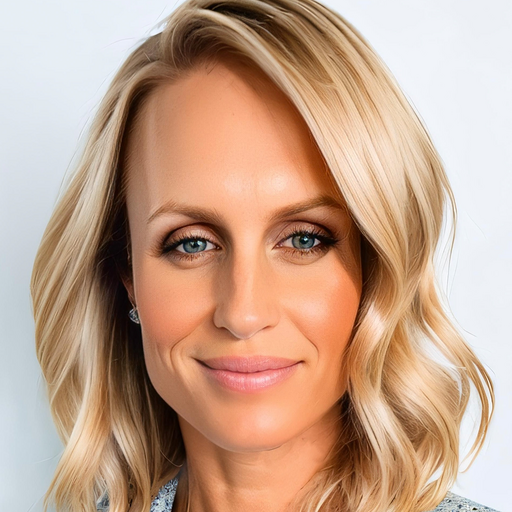
I’m Coach Kelli, a devoted CrossFit gym owner with 15 years of experience managing my facility, along with owning yoga studios and wellness centers. Beyond the fitness world, I have a passion for cooking, cherish moments with my children and family, and find joy in spending time outside. Having experienced the highs and lows, I’m dedicated to leveraging my expertise to help you grow and succeed on your fitness journey.

I’m Coach Kelli, a devoted CrossFit gym owner with 15 years of experience managing my facility, along with owning yoga studios and wellness centers. Beyond the fitness world, I have a passion for cooking, cherish moments with my children and family, and find joy in spending time outside. Having experienced the highs and lows, I’m dedicated to leveraging my expertise to help you grow and succeed on your fitness journey.



